The Global Distribution of Smallholder and Family Farms
Agricultural policy discourse often uses the terms “family farm” and “smallholder farm” interchangeably or in combination as “small family farm.” Yet “small” and “family” refer to different dimensions of agriculture. Neither is easily defined nor quantified, and combining them without a clear understanding of what they mean adds to the muddle. Without this important clarity on the basic composition and diversity of the agricultural sector, it is extremely challenging to examine innovation, financial inclusion, or other policy issues related to smallholders, let alone to promote a relevant, demand-driven range of services for agricultural households.
This is where data from FAO’s "State of Food and Agriculture 2014: Innovation in Family Farming" plays an important role. Collected and analyzed by the World Programme for the Census of Agriculture, the data offer a rich and underused source of information on the number of farms around the world and their characteristics. The findings reveal stark differences between what are classified as “small farms” and “family farms” that have serious implications for agricultural development, poverty reduction and food security.
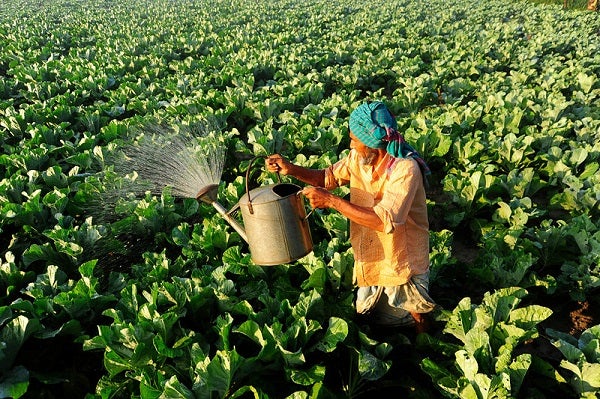
The total number of farms in the world is now estimated to be more than 570 million. The estimate is based on surveys from six different rounds of the World Census of Agriculture (from 1960-2010) and uses the most recent estimate available for each country considered. The sample is representative of the world’s agriculture: it includes 167 countries, 96 percent of the world’s population, 97 percent of the population active in agriculture, and 90 percent of agricultural land worldwide.
“Small” is, of course, a relative concept. What constitutes a small farm depends on the crop or livestock being produced or raised, as well as agro-ecological and socio-economic considerations such as access to markets. What may be considered a small farm in most countries in Latin America and the Caribbean would be considered large in most countries in Sub-Saharan Africa or in Asia. A review of national definitions of smallholder farms shows that land area is the most commonly used criterion, but some countries also consider the number of livestock held or the assets used, while others use gross sales.
In estimating the number of small farms globally we use land area, since it is the only measure for which data are widely available. The most commonly used thresholds for designating small farms are one and two hectares; we adopted the two hectare threshold, recognizing that farms below this threshold include a very diverse range of enterprises. Considering a sample of 106 countries we find that 84 percent of farms are smaller than 2 hectares, but these farms only operate about 12 percent of all farmland in the sample (Figure 1). Assuming that this sample is representative of world agriculture, it would imply that there are more than 475 million small farms worldwide.
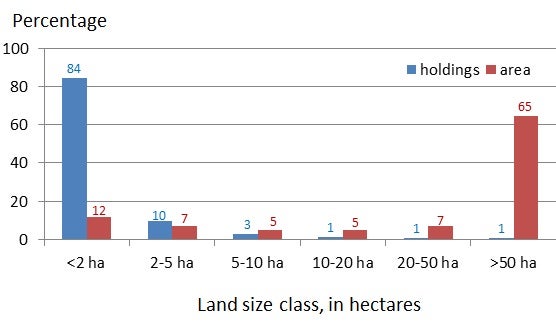
When it comes to “family farms”, there are two criteria that are common to most definitions:
- A member of the household owns, operates and/or manages the farm either in part or fully;
- A minimum share of labor comes from the owner and his or her relatives.
In almost all of the 52 countries which report information on these criteria, more than 90 percent of farms are held (with or without a formal contract) by a single individual, a group of individuals or a household – as opposed to being held by a corporation, cooperative, governmental institution, religious institution, or in an unknown arrangement.
In all of these countries, the vast majority of permanent labor is provided by the household rather than hired workers (data on seasonal hired labor are not widely available). According to these criteria, more than 90 percent of the farms in the sample countries may be considered family farms and they operate 75 percent of the agricultural land (Figure 2). Assuming that this sample is representative of farms and agricultural areas worldwide, we can conclude that more than 500 million agricultural holdings in the world may be considered family farms.
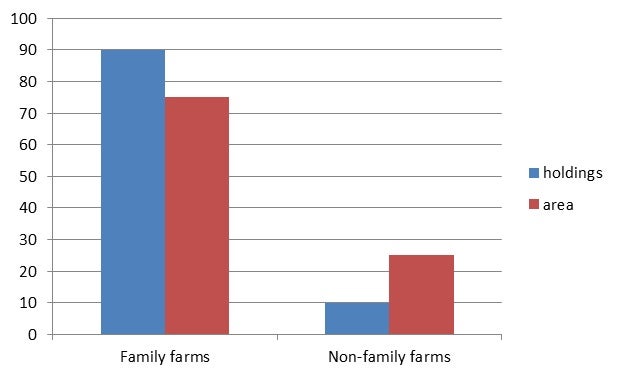
Given that more than 90 percent of all farms are family farms and 84 percent of all farms are small, the two groups obviously overlap to a considerable degree. However, the amount of agricultural land occupied by the two groups differs markedly – family farms control about 75 percent of all agricultural land and small farms control only about 12 percent – so they are clearly two different categories. These findings underscore the point that the terms “family farm” and “small farm” cannot be used interchangeably. Greater clarity about these concepts and more careful data collection and analysis can better inform policies for innovation among smallholder farms and family farms.

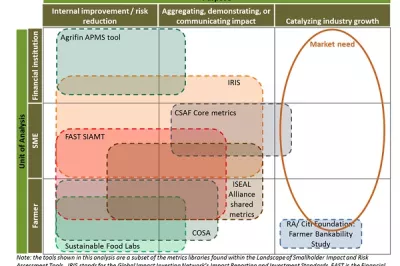
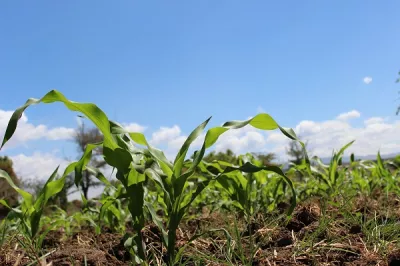
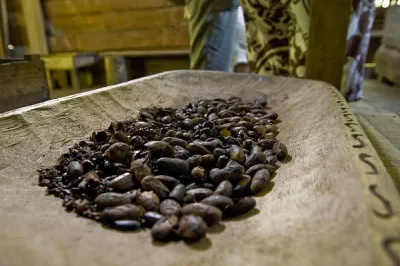
Add new comment